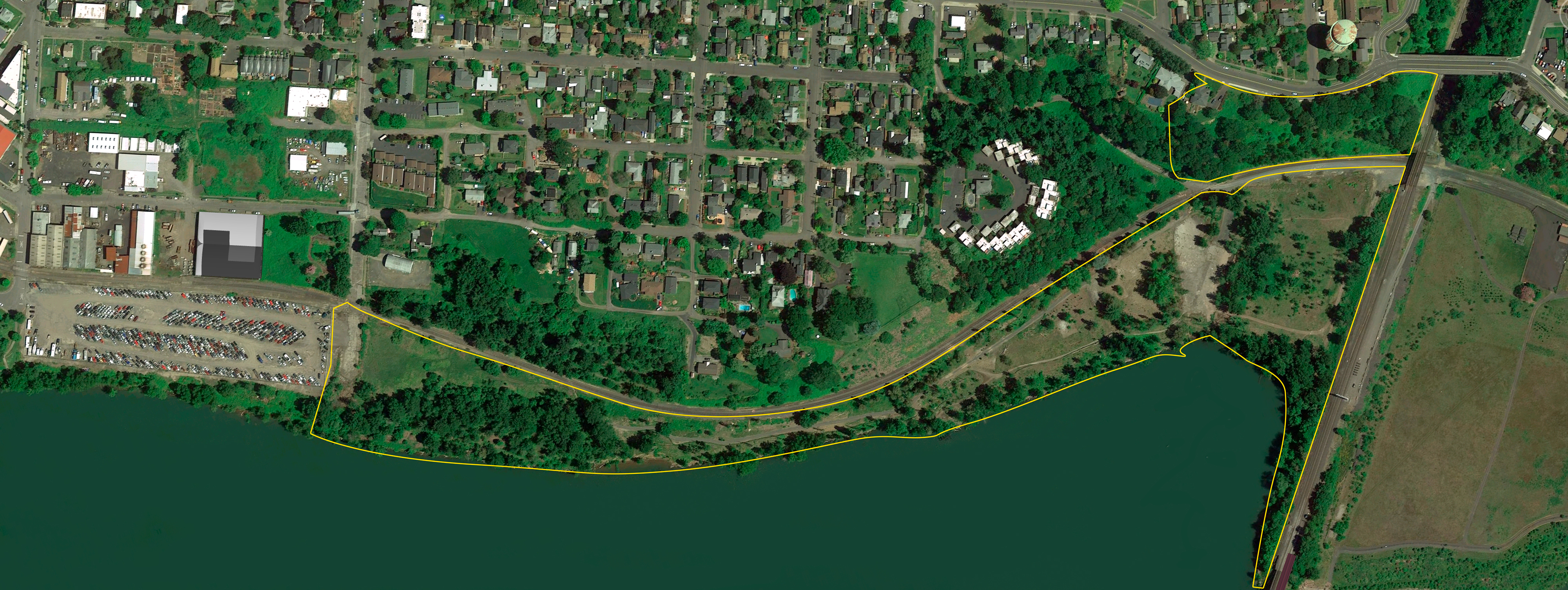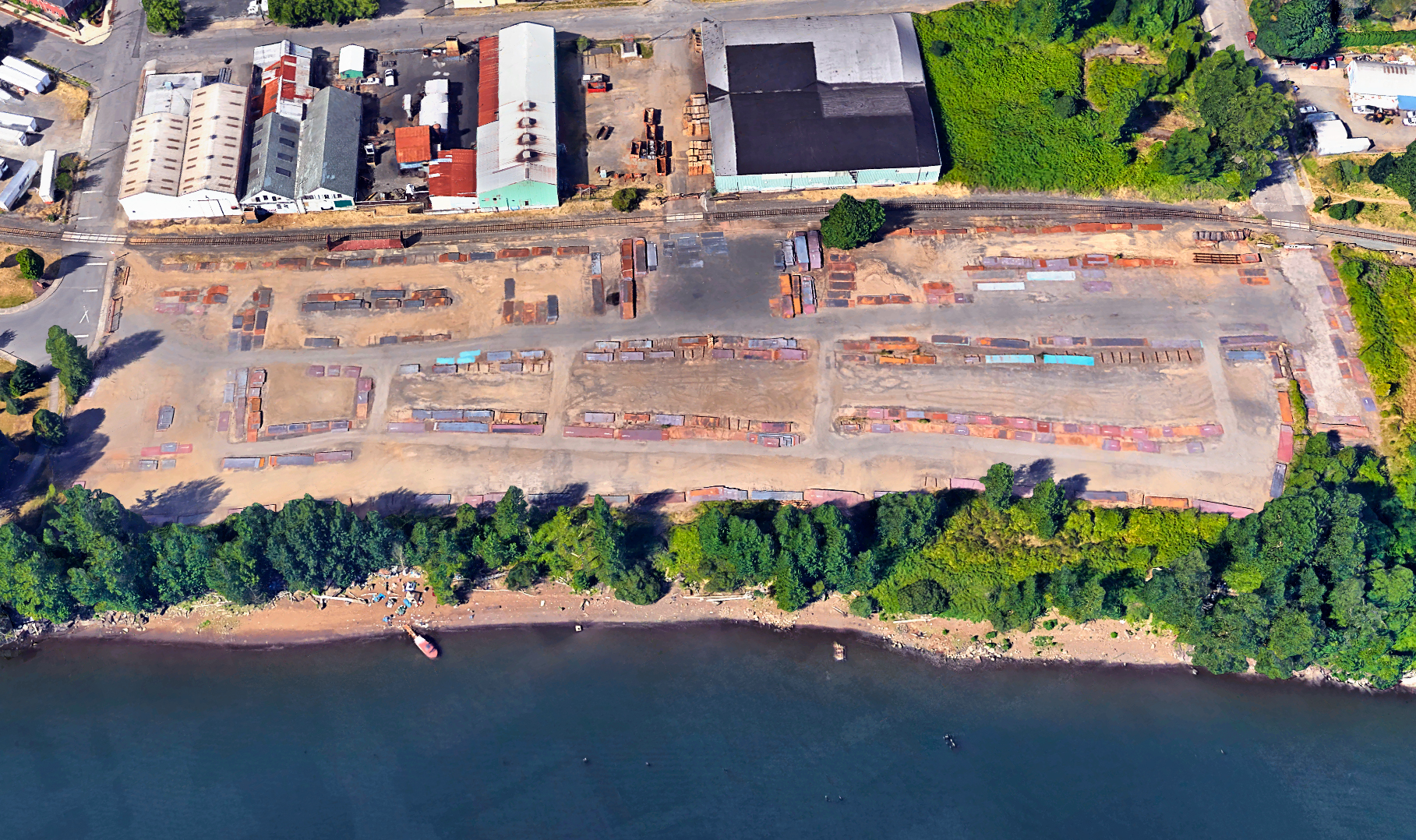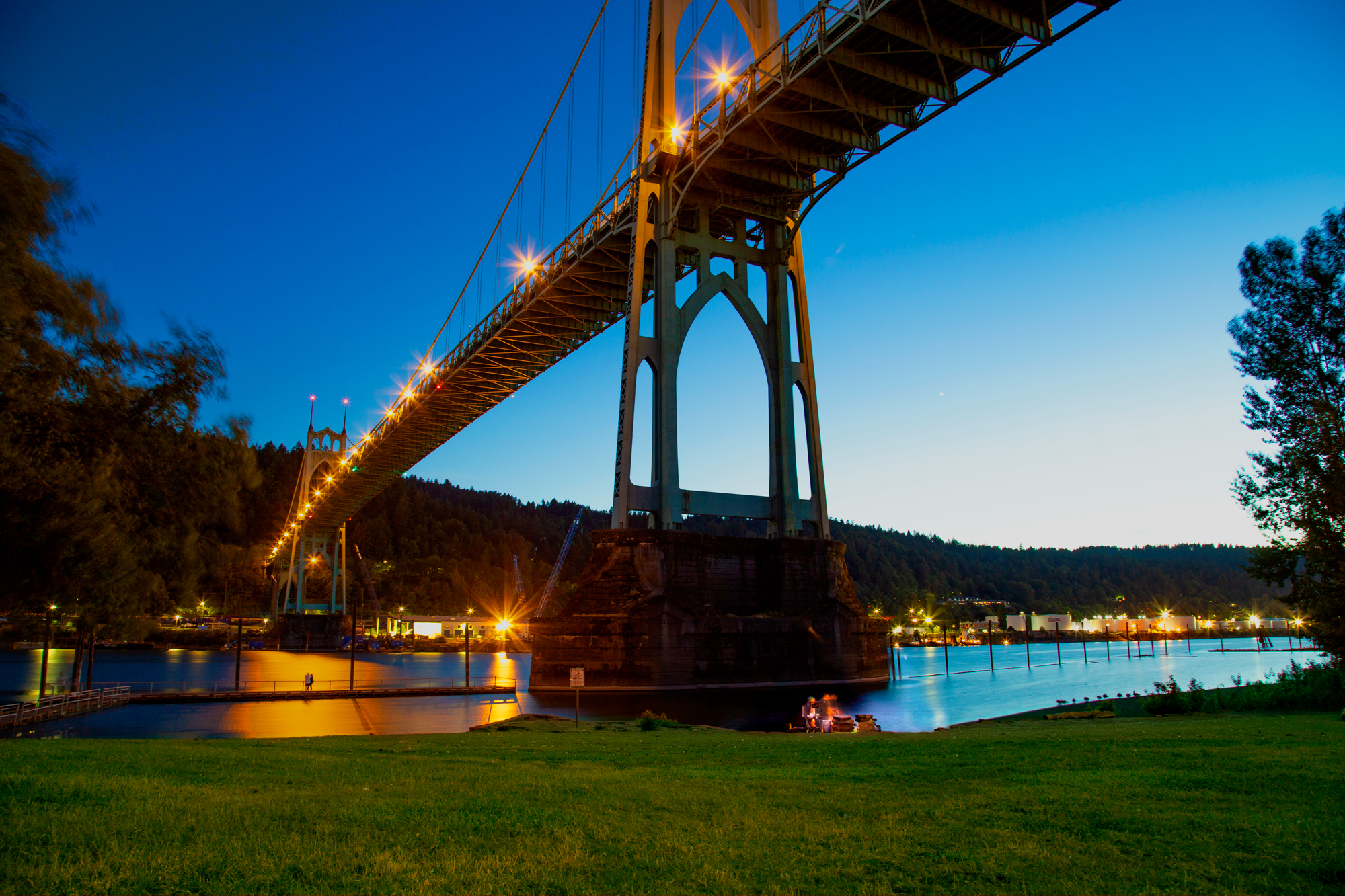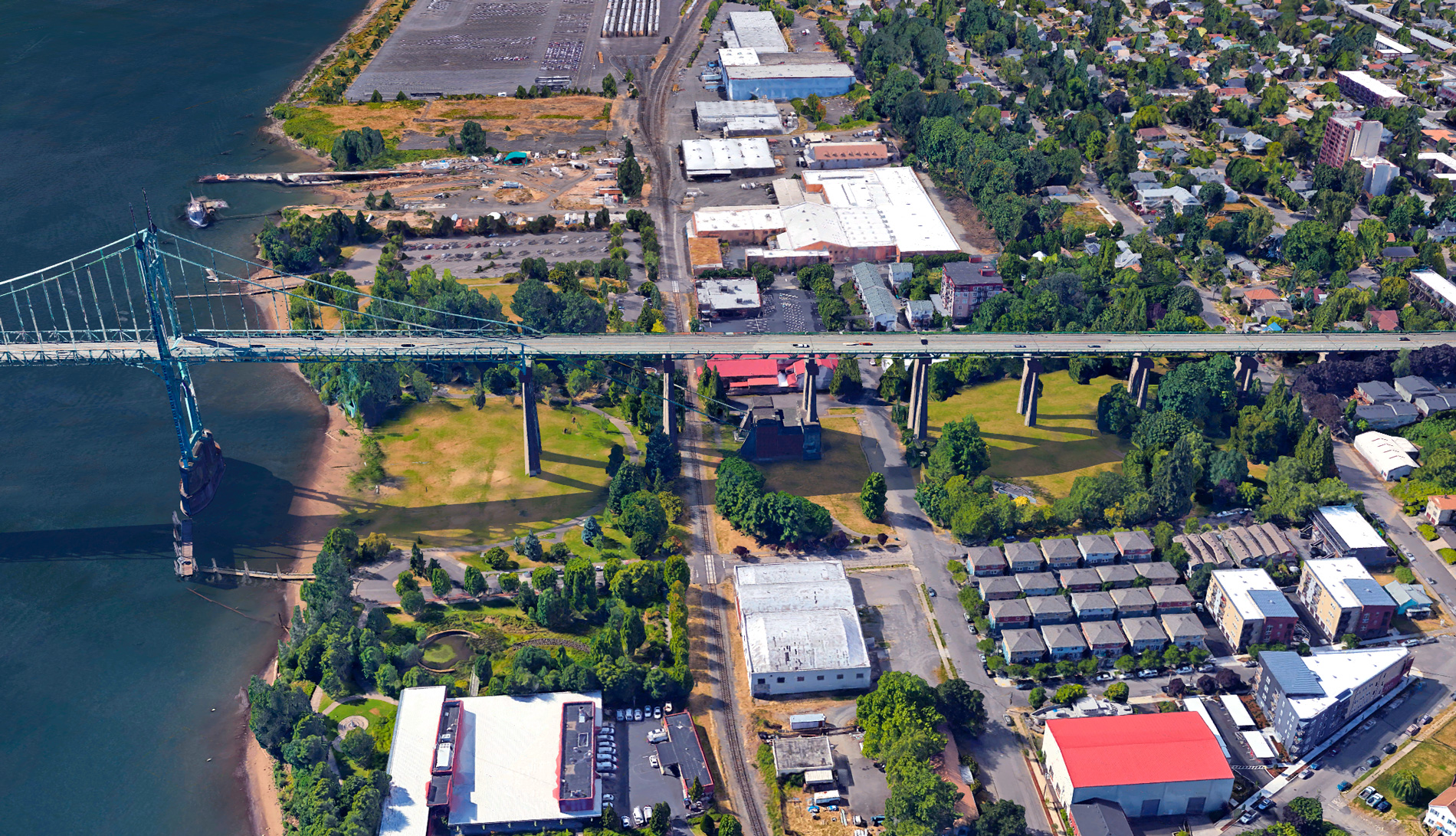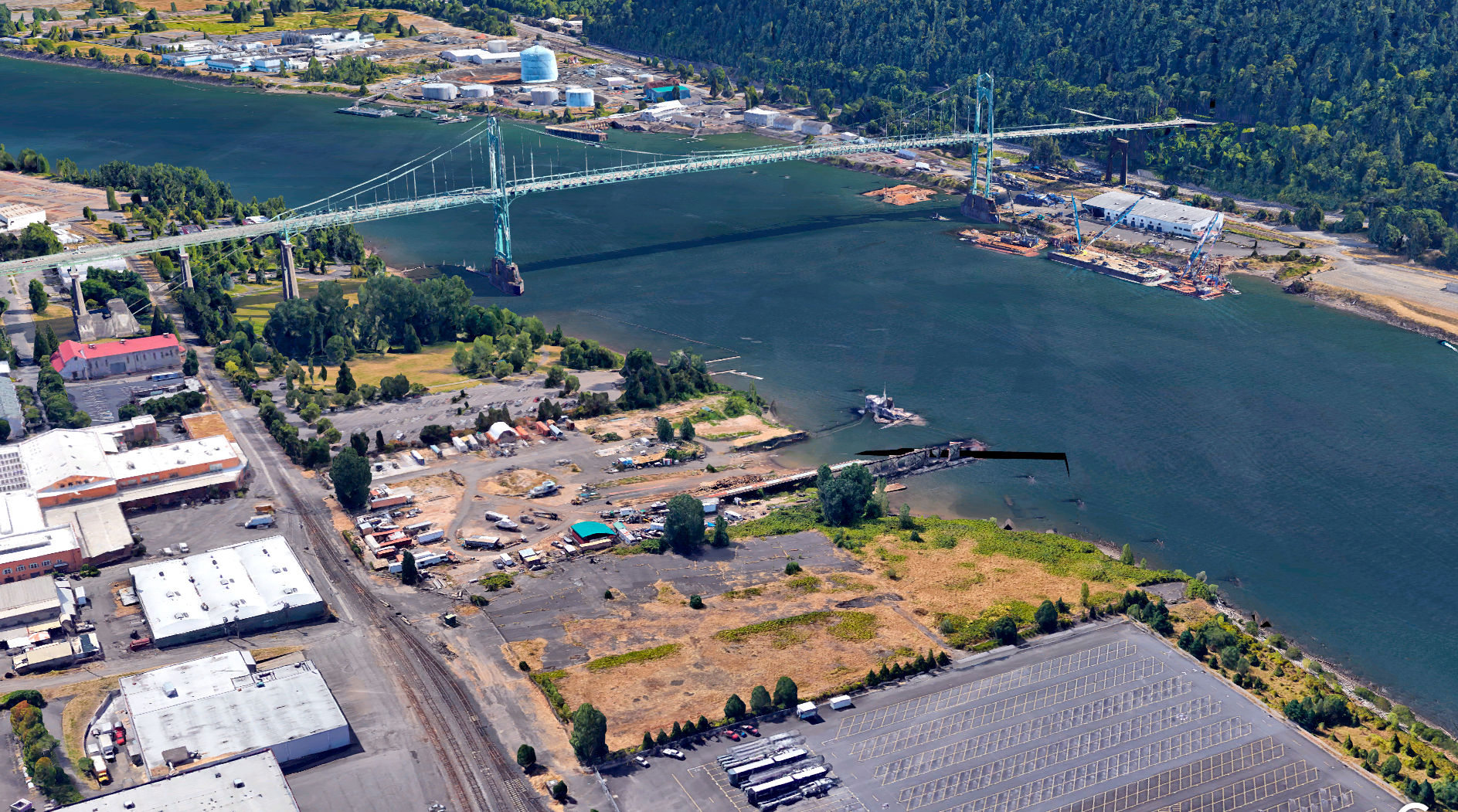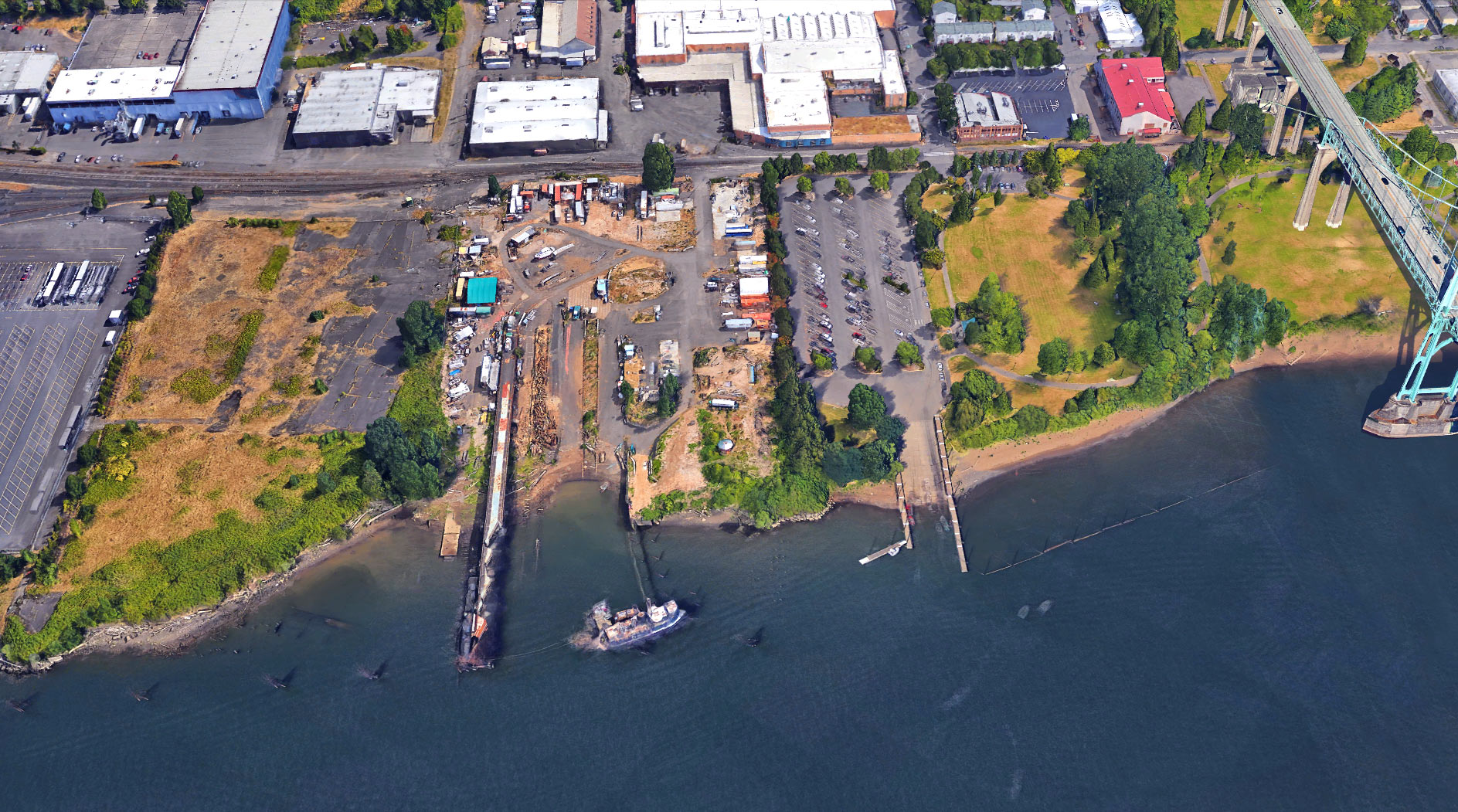Our Projects
Portland Harbor Community Advisory Group: Projects
PHCAG is working closely with other community action groups to bring focus to create public use space along the Willamette River. Below are profiles of each site’s history, contamination issues, cleanup plan currently under consideration.
Site: Willamette Cove
The Willamette Cove property and adjacent river were fully occupied by industry for several decades which resulted in contamination issues that are being investigated and cleaned up by Metro and the Port of Portland. An investigation and risk assessment of the upland areas is being overseen by the DEQ. The investigation and clean up of the Willamette River adjacent to the Willamette Cove property will be managed by the EPA. The DEQ has determined that an area of unacceptable risk to site visitors exists at the western portion of the property due to Polycyclic Aromatic Hydrocarbons in these soils.
Site: Steel Hammer
The Willamette Cove property and adjacent river were fully occupied by industry for several decades which resulted in contamination issues that are being investigated and cleaned up by Metro and the Port of Portland. An investigation and risk assessment of the upland areas is being overseen by the DEQ. The investigation and clean up of the Willamette River adjacent to the Willamette Cove property will be managed by the EPA. The DEQ has determined that an area of unacceptable risk to site visitors exists at the western portion of the property due to Polycyclic Aromatic Hydrocarbons in these soils.
Site: Cathedral Park
Cathedral Park is an urban oasis where people commune with nature in Portland. The tranquility of the park, at certain moments, is remarkable. The 23-acre park links the historic St. Johns neighborhood in North Portland to the Willamette River and is enhanced by beach and boating access. The historic St. Johns Bridge, iconic, muscular and elegant, towers above and anchors the park that received its name from the soaring gothic arches. Bridge and landscape are truly one at Cathedral Park.
The vision of the master plan is to allow for increased use of the park without compromising the essential character-defining features of the river and bridge. The continued success of the park requires upgrading certain facilities and use
Cathedral Park Master Plan
Site: Green Anchors
The shared mission of Green Anchors and Waterside Renewal Foundation is to become a
A remediated WWII shipyard, this beautiful site is home to many small businesses and artists who work out of temporary structures to sit lightly on the land. Temporary space is available for rent year-round and is an ideal space for construction projects of all kinds, including

